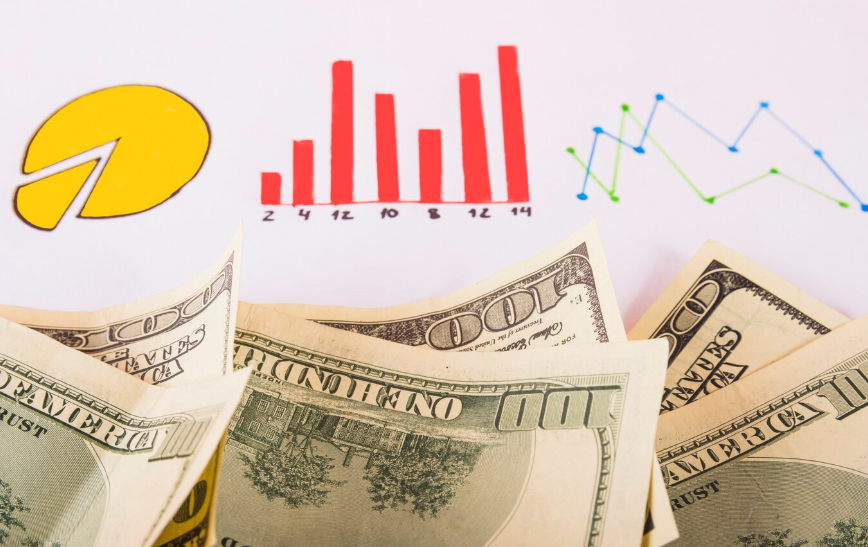The Creator’s Toolkit: How Notion, Figma, and Other Tools Are Revolutionizing Content Planning
It’s not just about what you create, but how you create it. For many individual creators and small teams, the right digital tools are the secret sauce to staying organized, fostering creativity, and consistently publishing engaging content. Let’s dive into how Notion, Figma, and other essential platforms are becoming indispensable for modern content planning.
Notion: The All-in-One Workspace for Content Command Centers
Notion has exploded in popularity among creators for a simple reason: its incredible versatility. It’s less of an app and more of a customizable digital workspace that can be molded to fit any content creation workflow.
How creators use Notion for content planning:
- Content Calendar & Editorial Board: This is Notion’s killer feature for creators. Users build dynamic databases that act as comprehensive content calendars. You can track ideas, assign statuses (ideation, drafting, editing, published), set due dates, link to relevant assets, and filter by platform (blog, YouTube, Instagram, podcast).
- Idea Brainstorming & Management: From quick notes to detailed outlines, Notion serves as a central hub for all content ideas. Creators use toggle lists, linked databases, and AI-powered brainstorming features to flesh out concepts and ensure no good idea is ever lost.
- Scripting & Outlining: Individual Notion pages can become dedicated workspaces for drafting blog posts, video scripts, podcast show notes, or social media captions. This keeps all related information – research, images, links – in one organized place.
- Project Management & Collaboration: For teams, Notion excels at assigning tasks, tracking progress, and facilitating communication. Everyone knows who’s working on what, and when deadlines are.
- Resource Library: Creators build comprehensive wikis within Notion to store brand guidelines, frequently asked questions, design assets, competitor analysis, and evergreen content ideas, making it easy to maintain consistency and onboard new team members.
Figma (and FigJam): Visualizing Content Before It’s Made
While Notion handles the organizational backbone, Figma steps in when content becomes visual. Known primarily as a UI/UX design tool, its collaborative capabilities and versatile canvas make it perfect for visual content planning.
How creators use Figma for content planning:
- Visual Storyboarding & Wireframing: For video creators, designers, or social media managers, Figma (or its digital whiteboard companion, FigJam) allows for rapid visual ideation. They can create low-fidelity wireframes for video sequences, social media carousels, or website layouts, ensuring the visual flow makes sense before investing time in production.
- Social Media Template Creation: Creators design reusable templates for Instagram Stories, Reels, Pinterest pins, or YouTube thumbnails directly in Figma. This ensures brand consistency and significantly speeds up the design process.
- Infographic & Visual Asset Planning: When developing complex visual essays or infographics, Figma becomes the central workspace. Teams can collaborate in real-time on the layout, data visualization, and overall aesthetic, gathering feedback efficiently.
- Mood Boards & Brand Identity: Visual creators use Figma to assemble mood boards, define color palettes, typography, and imagery that align with their content’s brand identity.
Other Essential Tools in the Creator’s Arsenal:
While Notion and Figma are powerful, a well-rounded content planning system often integrates with other specialized tools:
- Google Workspace (Docs, Sheets, Calendar): For simple collaboration on written drafts, data tracking in spreadsheets, and scheduling content releases. Still a go-to for many due to its familiarity and integration.
- Trello / Asana / Monday.com: Project management tools offering Kanban boards, task assignments, and timeline views, often used by creators who prefer a more rigid task-oriented structure than Notion’s freeform nature.
- Canva: While not a planning tool in the same vein, Canva is indispensable for rapid visual asset creation, often working hand-in-hand with content plans laid out in Notion or Figma. Its content planner feature also allows direct scheduling.
- SEO Tools (Ahrefs, SEMrush, Clearscope): For ideation driven by search demand, keyword research, and content optimization, ensuring the planned content has a higher chance of being discovered.
- AI Writing Assistants (Notion AI, Writesonic): Increasingly integrated into planning, these tools can help brainstorm ideas, generate outlines, and even draft initial content snippets, speeding up the ideation and drafting phases.
The modern creator’s workflow is less about single tools and more about an integrated ecosystem. By strategically combining the organizational prowess of Notion, the visual collaboration of Figma, and the specialized functions of other platforms, creators are building efficient, scalable, and highly creative content machines. This shift empowers them to spend less time on logistics and more time on what they do best: creating compelling stories and valuable content for their audience.













